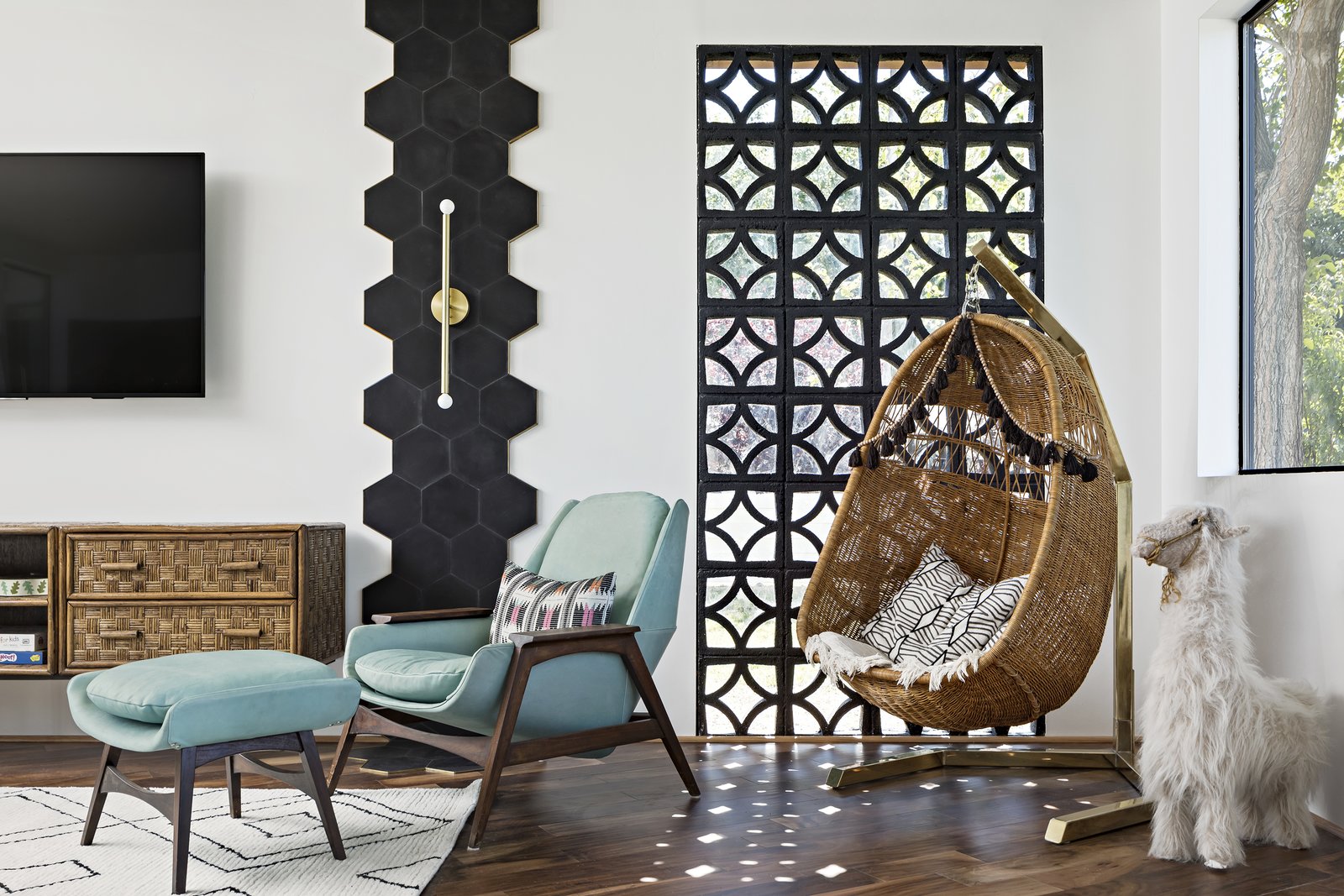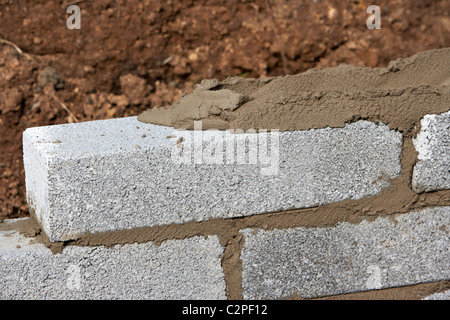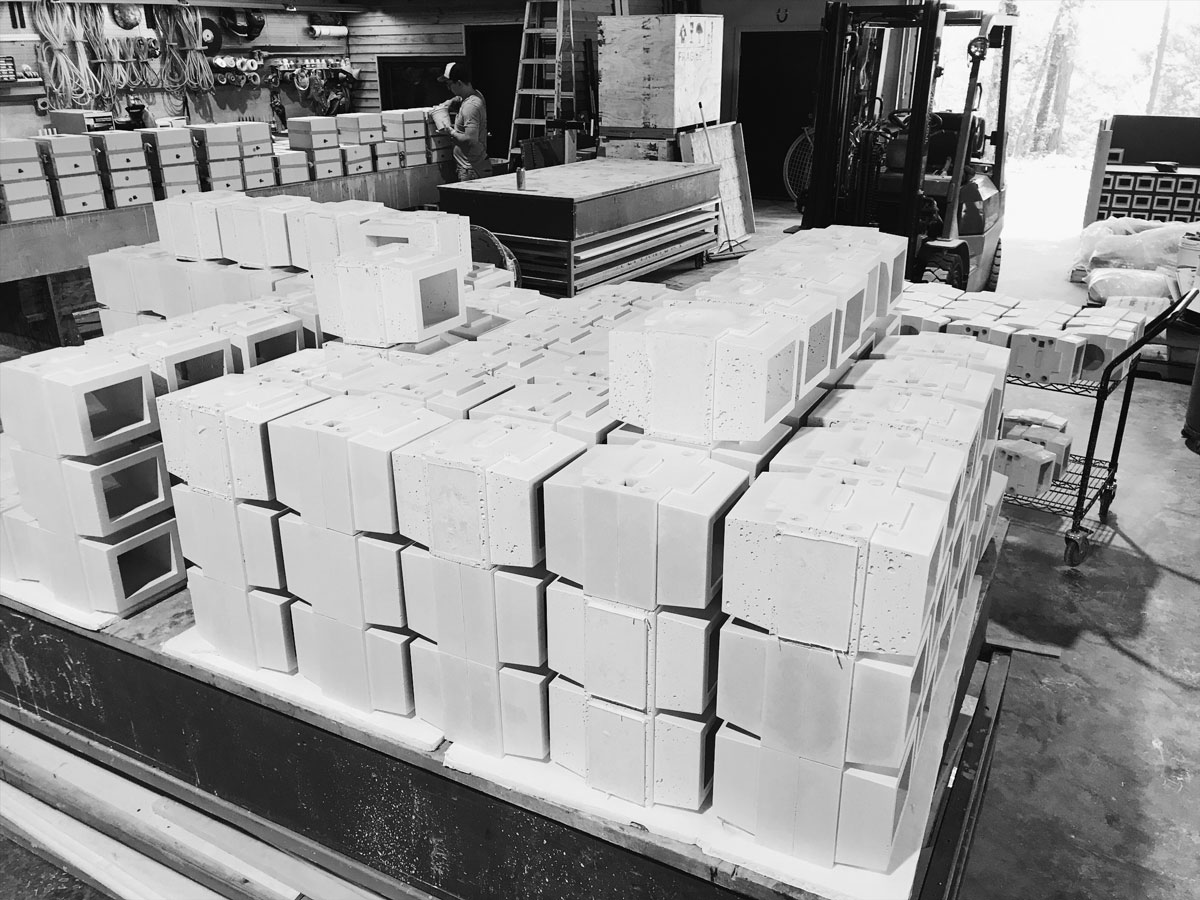


#CEMENT BREEZE BLOCKS SKIN#
A good example of a building that may have external blockwork, is a single skin shed or garage. If breeze blocks are used in the external surface of a building, it is advised that you damp proof from the outside. Ways to damp proof breeze blocks externally This combination would damp proof and insulate your internal breeze blocks. You could opt for an insulated plasterboard instead. To add an extra layer of damp-proof protection you can apply batons to the wall and fix foil backed plasterboard as your finished surface.Īlso, if you think condensation might be an issue to the surface being cold. Once you have mixed the slurry, it can be placed in a bucket and applied to the surface with a stiff masonry brush. It comes in a powdered form and simply needs mixing with water. In most cases a slurry will be the best option, as it can be applied very easily. One of the most popular ways to waterproof breeze blocks internally is using a tanking system.

There are several reasons for this, including, poor access to the external surface, or wanting to add an extra layer of protection internally. In some cases, damp proofing internally will be your best option. Ways to damp proof breeze blocks internally If the blockwork is exposed to driving rain it is very likely that damp will find its way through to the internal surface. A common example of this would be a garage or a shed. When blocks are used externally, they are usually rendered. Hence, they don’t really need to be waterproof in this scenario. Unless there is an issue with penetrating damp, or an internal leak they are unlikely to meet a water source. Internally, they will also be covered with plasterboard and decorated. This is not a problem when block is used internally as they are not subject to weather like the external masonry. This means that water can permeate through more easily. Breeze blocks are not completely waterproof and are generally more porous than bricks and stone.


 0 kommentar(er)
0 kommentar(er)
